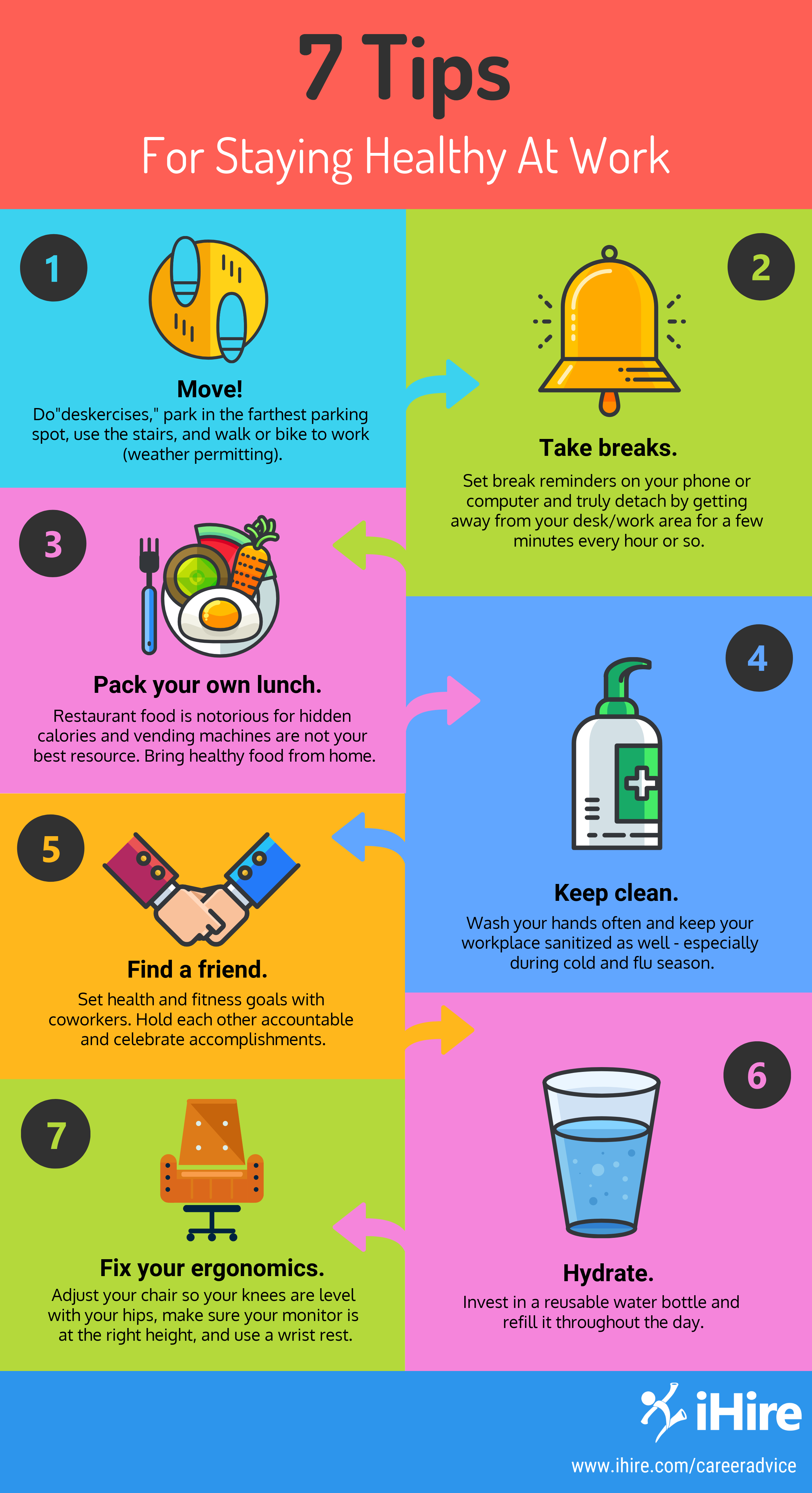Surgical Treatment Might Be Essential To Treat The Following Types Of Ruptures:

Web Content Created By-Eaton Munksgaard
* Inguinal rupture: A protrusion of cells via a damaged location in the stomach wall, usually on one side of the groin.
* Hiatal hernia: A projection of the stomach through the diaphragm and into the upper body cavity.
* Umbilical hernia: A bulge near the belly switch that takes place when a damaged area in the abdominal wall surface allows fat or other tissue to press via.
* Ventral rupture: A bulge that happens when a damaged location in the stomach wall enables fat or other tissue to press through, typically near a previous medical cut.
* Incisional rupture: A lump that occurs when a damaged location in the stomach wall allows fat or various other tissue to push through, commonly near a previous surgical incision.
It is very important to note that not all ruptures require surgery, but these types do. If you believe you have a rupture, it's important to consult a medical care expert for proper diagnosis and treatment.
So, you've been experiencing some discomfort recently, and after a complete examination, your doctor has figured out that you have a hernia. Now, before you begin worrying, it is necessary to comprehend that not all ruptures need medical treatment.
Nonetheless, there are specific kinds that do, which's what we're below to review. From inguinal ruptures to umbilical hernias and even hiatal hernias, each one presents its own distinct difficulties and factors to consider.
Yet let's not prosper of ourselves just yet. https://www.google.com/maps/place/The+Iskandar+Complex+Hernia+Center/data=!4m2!3m1!1s0x0:0x43fd78fd9addd0a?sa=X&ved=1t:2428&ictx=111 into the specifics soon enough.
Inguinal Hernias
If you're experiencing pain and discomfort in your groin area, you may have an inguinal hernia that requires medical intervention. An inguinal hernia happens when a part of the intestinal tract or fatty tissue presses with a vulnerable point in the inguinal canal, which lies in the lower abdomen.
This kind of rupture is a lot more typical in guys than women and can be brought on by elements such as heavy lifting, straining throughout bowel movements, or persistent coughing. Symptoms of an inguinal hernia include a bulge in the groin location, pain or pain when coughing or lifting, and a feeling of pressure or weakness in the groin.
If left without treatment, an inguinal hernia can bring about problems such as digestive tract blockage or strangulation, which is why medical intervention is necessary to fix the hernia and prevent further difficulties.
Umbilical Ruptures
Do you recognize what an umbilical rupture is and just how it can be dealt with operatively?
An umbilical hernia occurs when a part of the intestinal tract or abdominal tissue protrudes through a weak spot in the abdominal wall surface near the belly button.
If you have an umbilical hernia that needs medical treatment, here are 3 therapy options to consider:
- Rupture repair service surgical treatment: This is one of the most typical treatment for umbilical ruptures. Throughout the procedure, the specialist will make an incision near the hernia and press the sticking out tissue back right into area. They'll then enhance the stomach wall surface using stitches or a mesh patch.
- Laparoscopic surgical treatment: Sometimes, a minimally intrusive technique called laparoscopic surgery might be utilized. This technique involves making small incisions and using a camera and specialized devices to fix the hernia.
- Open surgical treatment: In even more intricate situations, open surgery might be essential. This entails making a bigger cut to gain access to and fix the rupture.
Hiatal Ruptures
A hiatal hernia takes place when part of the stomach protrudes through the diaphragm right into the chest cavity. This type of rupture is fairly common and typically needs medical treatment.
Hiatal hernias can be identified into 2 major kinds: gliding and paraesophageal hernias. Sliding hernias are one of the most usual and happen when the lower part of the esophagus and the top of the stomach slide up right into the chest through the hiatus, a small opening in the diaphragm.
On the other hand, paraesophageal ruptures are much less common but more extreme. In this type, a section of the belly presses through the hiatus together with the esophagus, causing potential issues like stomach volvulus or strangulation.
Surgical fixing is generally needed to deal with hiatal hernias and relieve signs such as heartburn, breast discomfort, and problem swallowing.
Verdict
So there you have it, the different types of ruptures that need medical intervention.
One example of a hernia situation that needed surgery is John, a 45-year-old man who experienced an inguinal hernia. In please click the next website of his first discomfort and uneasiness, John selected medical treatment.
The treatment succeeded, and he experienced a full recuperation, permitting him to go back to his normal tasks without any more complications.
Keep in mind, it is necessary to seek advice from a healthcare professional if you suspect you may have a rupture that requires medical therapy.

